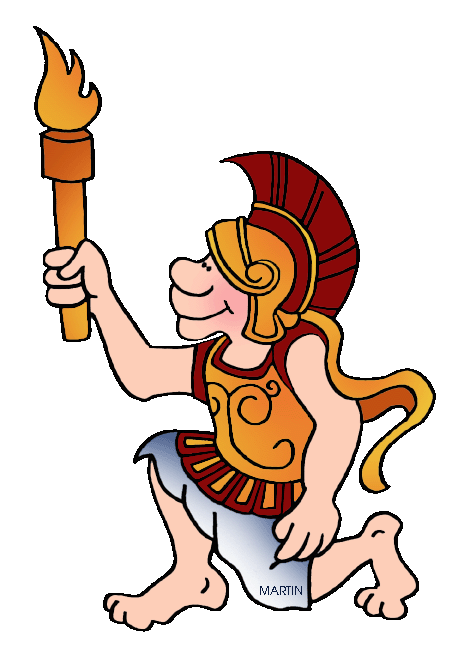UNIT 4 - Myths in Greece
Basado en el libro Cool Kids 6 - Ed. Oxford
A sightseeing guide of Greece: Destination GREECE
WHO INVENTED ?
A sightseeing guide of Greece: Destination GREECE
WHO INVENTED ?
Mitología para niños (Spanish)
VOCABULARIO:
ADJETIVES: strong, young, old, brave, beautiful, handsome, ugly, ingelligent, nice.
- Repaso: big, small, short, tall, fast, slow, short, long, happy, sad, fat, thin, funny, serious, shy.
- Referidos al pelo: short, long, curly, wave, straight, blond, dark.
- Otros rasgos: beard, glasses.
Descargar documento - [Adjetives 6.2]
FAMILY (repaso): husband, wife, son, daughter.
- Repaso: father, mother, grandfather, grandmother, brother, sister.
Descargar documento - [Family Tree]
VERBS - PAST: was/were (to be), had got (to have got), visited (to visit), watched (to watch), liked (to like).
ESTRUCTURAS
1. ORDEN DE LOS ADJETIVOS
- Cuando un adjetivo acompaña a un sustantivo, se coloca primero el adjetivo y después el sustantivo. ADJETIVO + SUSTANTIVO. Ej.: A beautiful woman.
- Cuando varios adjetivos acompañan a un mismo sustantivo, se colocan siguiendo el siguiente orden:
|
beautiful, nice, ugly, fantastic...
|
|
big, small, medium, long, short...
|
|
quiet, strong, fat...
|
|
old, new, young, hot, cold...
|
|
round, square, curly, straight, narrow...
|
|
shy, serious, brave, intelligent...
|
|
red, yellow, blue, blond, dark, fair...
|
- Ejemplos:
- A big, red nose. (Una nariz grande y roja)
- A pretty, young woman. (Una mujer guapa y joven)
- A long, curly, blond hair. (Pelo largo, rizado y rubio). (
2. PASADO - Simple Past
Tiempo
|
Oraciones
|
Usos
|
Indicadores
|
Simple Pastxx
|
A: He lived here.
N: He didn't live here.xx
Q: Did he live here?
|
• Acción en el pasado, que se desarrolló una vez, varias veces o nunca.xx
• Acciones que tuvieron lugar una detras de otra.
• Acción que tuvo lugar en medio de otra.
|
• yesterday
• 2 minutes agoxx
• in 1990
• the other day
• last Friday
|
Cómo se forma el verbo en pasado
to BE
|
to HAVE
|
Verbos Regulares
|
I was
you were
he/she/it was
we were
you were
they were
|
had
(para todas las personas)
|
Añadiendo el sufijo -ed a la forma verbal
Si el verbo termina en -y-, ésta cambia a -i-
cuando se añade -ed. Por ejemplo: cry > cried.
|
Estructura de la frase en pasado
En general, las oraciones en pasado tienen el mismo orden que las oraciones en presente:
- A.: SUJETO + VERBO + COMPLEMENTO.
- N.: SUJETO + AUXILIAR + N'T + COMPLEMENTO.
- Q.: AUXILIAR + SUJETO + VERBO + COMPLEMENTO?
Por tanto, lo único que varía es el AUXILIAR que se va a utilizar.
Auxiliares: DID - WAS / WERE - HAD
- Los verbos to BE y to HAVE son verbos auxiliares y no necesitan otro auxiliar. Por tanto, si una frase lleva uno de estos verbos, el orden será:
- A.: SUJETO + VERBO AUX. + COMPLEMENTO.
- N.: SUJETO + VERBO AUX-N'T + COMPLEMENTO.
- Q.: VERBO AUX + SUJETO + COMPLEMENTO?
- Ejemplos:
|
|
- El resto de verbos, necesitan un auxiliar, que en pasado es DID. Cuando se incluye el auxiliar de pasado en la frase, el verbo deja de ir en pasado y se adopta su forma de presente. Si una frase lleva uno de estos verbos, el orden será:>> A.: SUJETO + VERBO + COMPLEMENTO.
- N.: SUJETO + AUX-N'T + VERBO + COMPLEMENTO.
- Q.: AUX + SUJETO + VERBO + COMPLEMENTO?
- Ejemplos:
|
|
Describing people: Activity 1 Activity 2

+19.53.46.png)



No hay comentarios:
Publicar un comentario